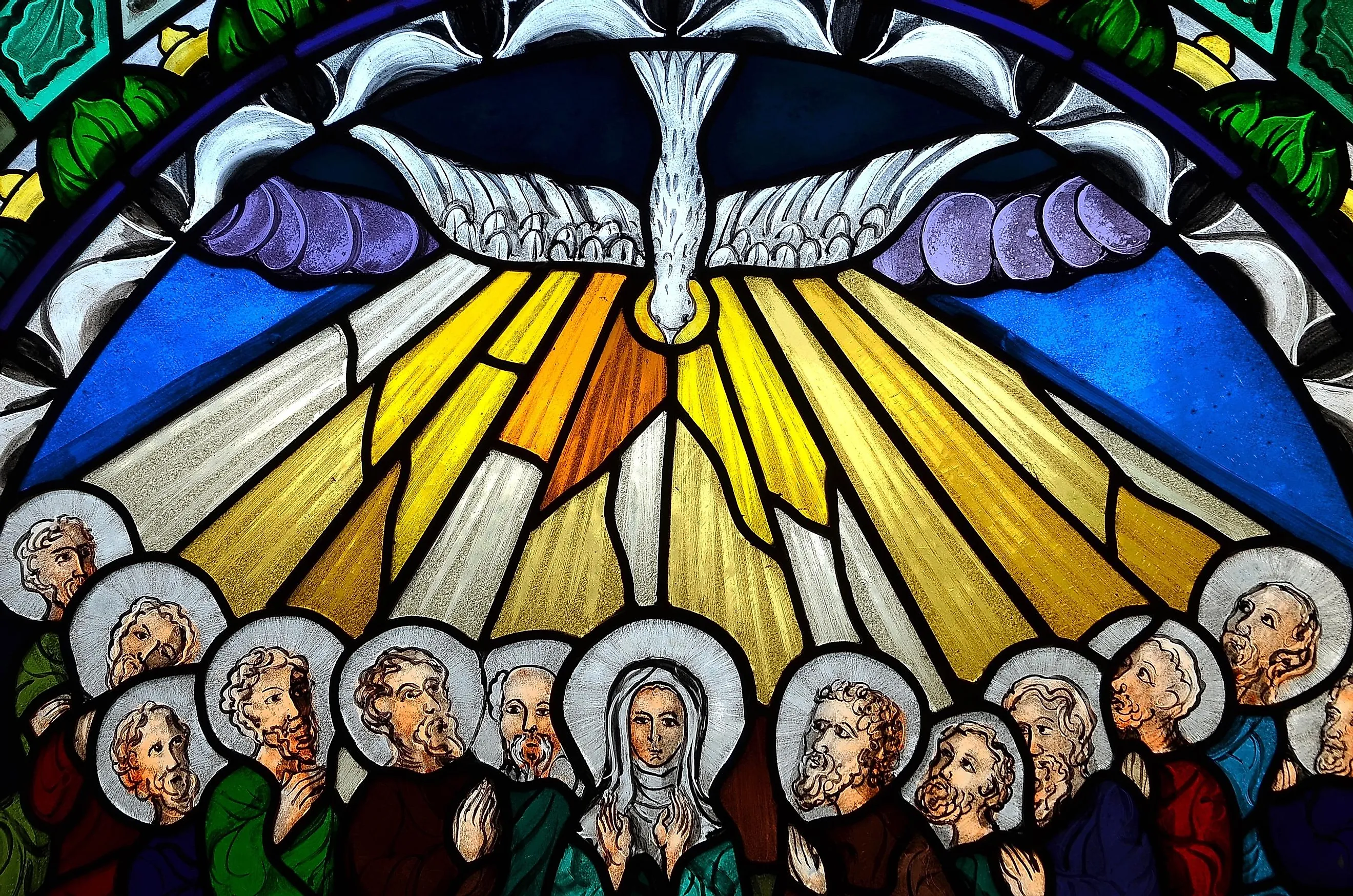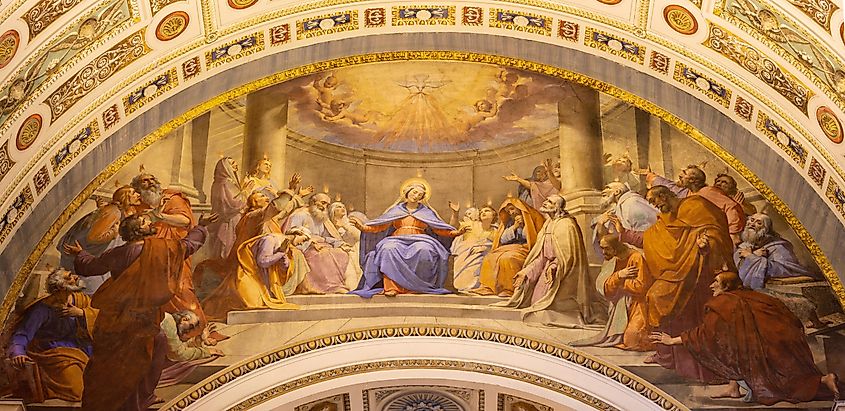
Pentecostalism
Pentecostalism is a movement within the Christian faith. As its name implies, it stems from events during Pentecost, shortly after the first Easter. Pentecostalism traces its beginnings to the 19th century. It grew rapidly during the 20th century and is still rapidly gaining followers today. The movement is characterized by spontaneous worship and services that may seem more like celebrations than actual religious services for other followers of Christianity. In fact, Pentecostalism grew out of a desire by many to bring Christian worship back to the masses outside of the confines of churches and orderly rituals.
Beliefs Of Pentecostalism

At the core of Pentecostalism is the event for which it is named - the Pentecost. The Biblical Book of Acts discusses Pentecost. It took place 50 days after the resurrection of Jesus Christ, which is now celebrated as Easter and is regarded as the day that the first Christians received the gifts of the Holy Spirit. Among these gifts was the ability to speak in other languages so that they could spread Christianity throughout the world. According to the Book of Acts, on the day of the Pentecost, people gathered in a house, where the Holy Spirit filled them, and they began speaking in other languages. This event drew a large crowd, and on that day, Christianity had attained 3,000 new followers. Pentecostals believe in the re-creation of the kind of miracle that supposedly took place during the first Pentecost.
A person speaking in tongues in same way people supposedly did during the first Pentecost is regarded by Pentecostals as a sign that the Holy Spirit has filled that person. But speaking unknown languages is by no means the only sign of sanctification by the Holy Spirit according to Pentecostals. According to the principles of Pentecostalism, another sign of baptism by the Holy Spirit is when a person is spiritually or physically healed. Pentecostals believe that a person can be healed from ailments when the Holy Spirit fills that person. Whenever such healing does supposedly occur, Pentecostals believe that it is through the direct intervention of God. To be sanctified by the Holy Spirit, Pentecostalism holds that a person must maintain faith in God and Jesus Christ, whom Pentecostals and all other Christians regard as the son of God and the savior of humankind, otherwise known as the Messiah.
History Of Pentecostalism
According to Pentecostal tradition, the movement dates back to the Apostles' days. In actuality, however, Pentecostalism began in the late 19th century CE. It was inspired by an earlier movement that arose in the early 19th century called the Holiness movement. The Holiness movement grew out of Methodism. Its core belief was that a second act of grace following a conversion to Christianity could "sanctify" Christians and remove their desire to sin.
Like the Holiness movement, Pentecostalism initially appealed to people dissatisfied with traditional religion. It was a time when emotional modes of religious expressions, such as singing, spontaneous testimonies, and sermons given by lay preachers, gave way to more formal, orderly religious services led by "reverends" specially trained to preach. Instead of informal settings like camps and wood-framed tabernacles, religious services took place in formal, elegant sanctuaries. At the same time, the churches of the large Protestant denominations became churches of the upper-middle class. Hence, many people of lower classes felt alienated.
Although Pentecostalism began informally in the late 19th century, the real watershed moment for the movement took place in the early 20th century at Bethel Bible College, a small religious school located in Topeka, Kansas. It was this college's director, Charles Fox Parham, who inspired his students to adopt a new perspective on Christianity. He was inspired by the Holiness Movement and disliked the formalized, orderly way that church services were conducted. Parham believed that by performing deeds such as praying, fasting, and studying the Holy Scriptures, people could bring about the recurrence of the events commemorated as the Pentecost, which marks the time when the Apostles received the blessing of the Holy Spirit following the crucifixion, resurrection, and ascension of Jesus Christ into Heaven. On January 1, 1901, one of Parham's students began speaking in an unknown language, which Parham took as a sign that the sanctification that occurred during the Pentecost had reoccurred and that the Holy Spirit truly sanctified this student. He and his students also believed that such recurrences of the Pentecost events signaled the last days or the Endtime. Thus, they felt the urgent need to spread their message to others.
Initially, the beliefs of Parham and his students were rejected, even ridiculed. But in 1903, their movement began attracting followers when Parham reintroduced the practice of faith healing, which became an important facet of Pentecostalism. Pentecostalism had gained followers throughout the US South, and Southwest within just two years, especially Texas, Alabama, Florida, Kansas, and Missouri. The movement was particularly popular among the poor and people living in rural areas. By 1906, Pentecostal missionizing began going international. Pentecostalism continued to grow throughout the 20th century, sprouting different denominations and gaining a following among Protestants and Roman Catholics who joined the movement but did not renounce their membership in the more mainstream denominations.
Pentecostalism Today

Today, Pentecostalism is by no means restricted to any particular church or denomination. Many churches call themselves Pentecostal. There are also different forms of Pentecostalism. Some forms of Pentecostalism, for example, can have stringent rules, including dress codes and limitations on taking in certain activities such as sports and movies. At the same time, Pentecostalism can also be quite progressive. In fact, the Pentecostal movement was one of the first religious movements to allow women into leadership roles in its churches. Of the roughly two billion Christians in the world today, about a quarter identify themselves as Pentecostal. It is now one of the fastest-growing Christian movements in the world.











